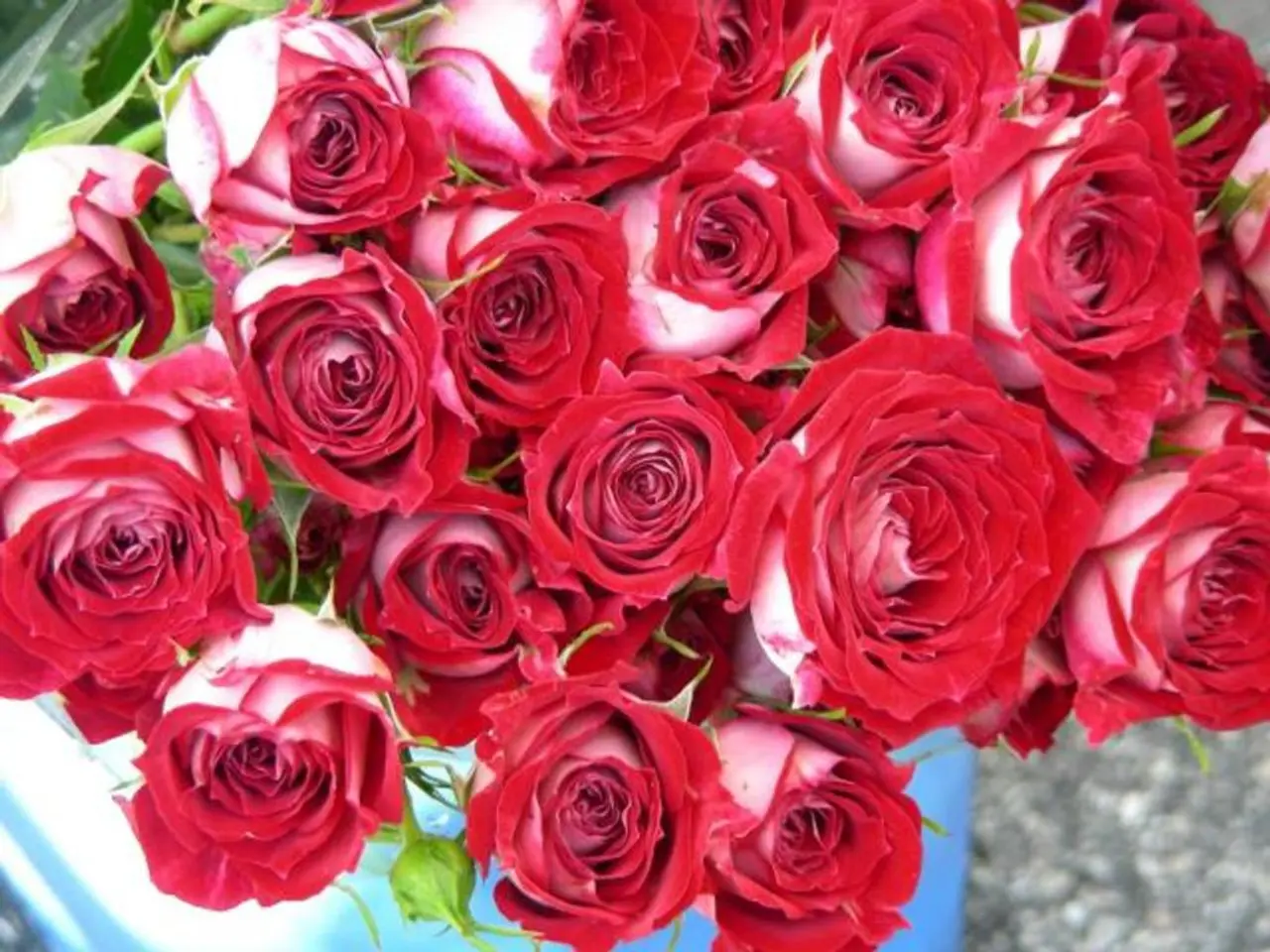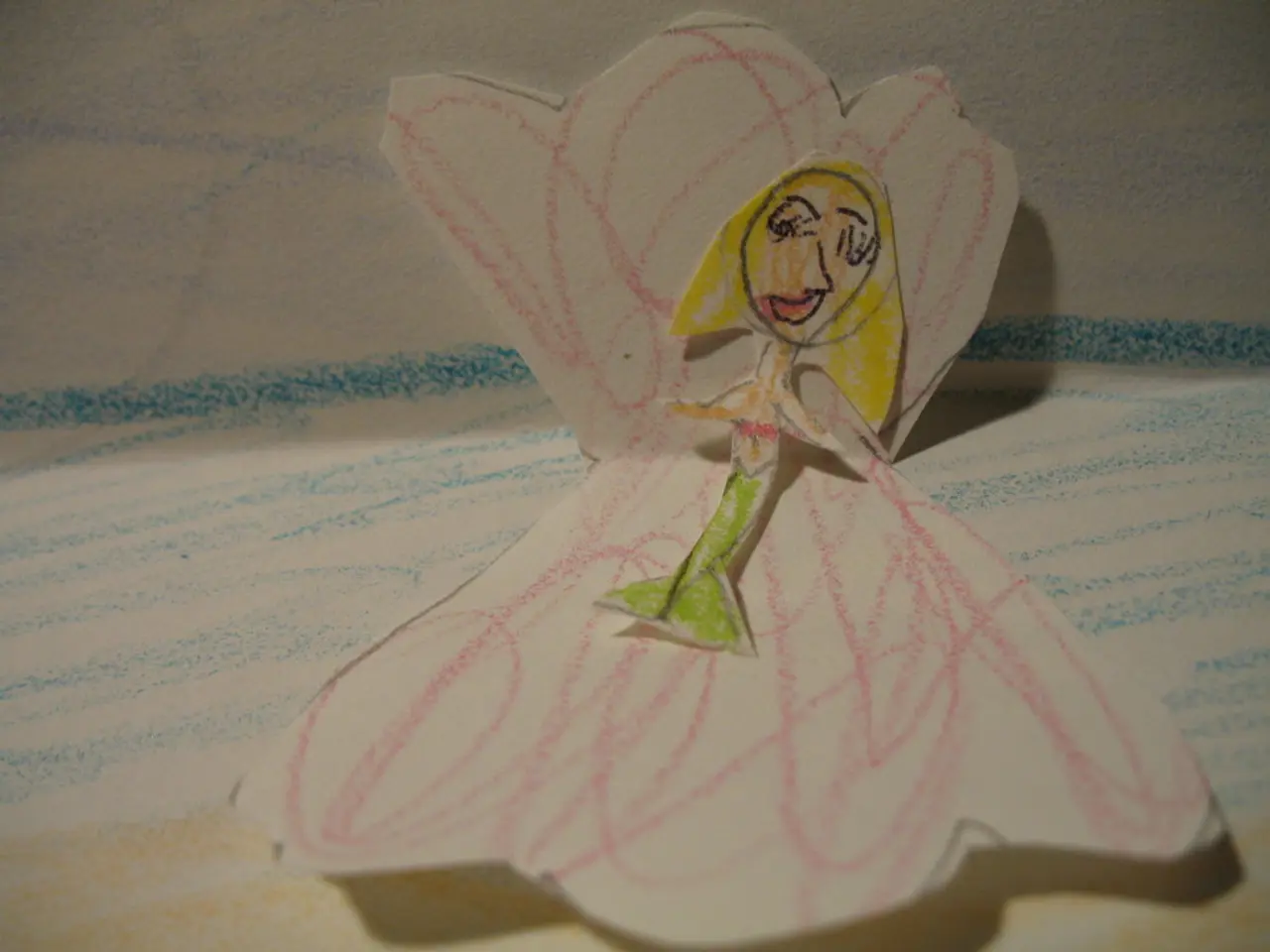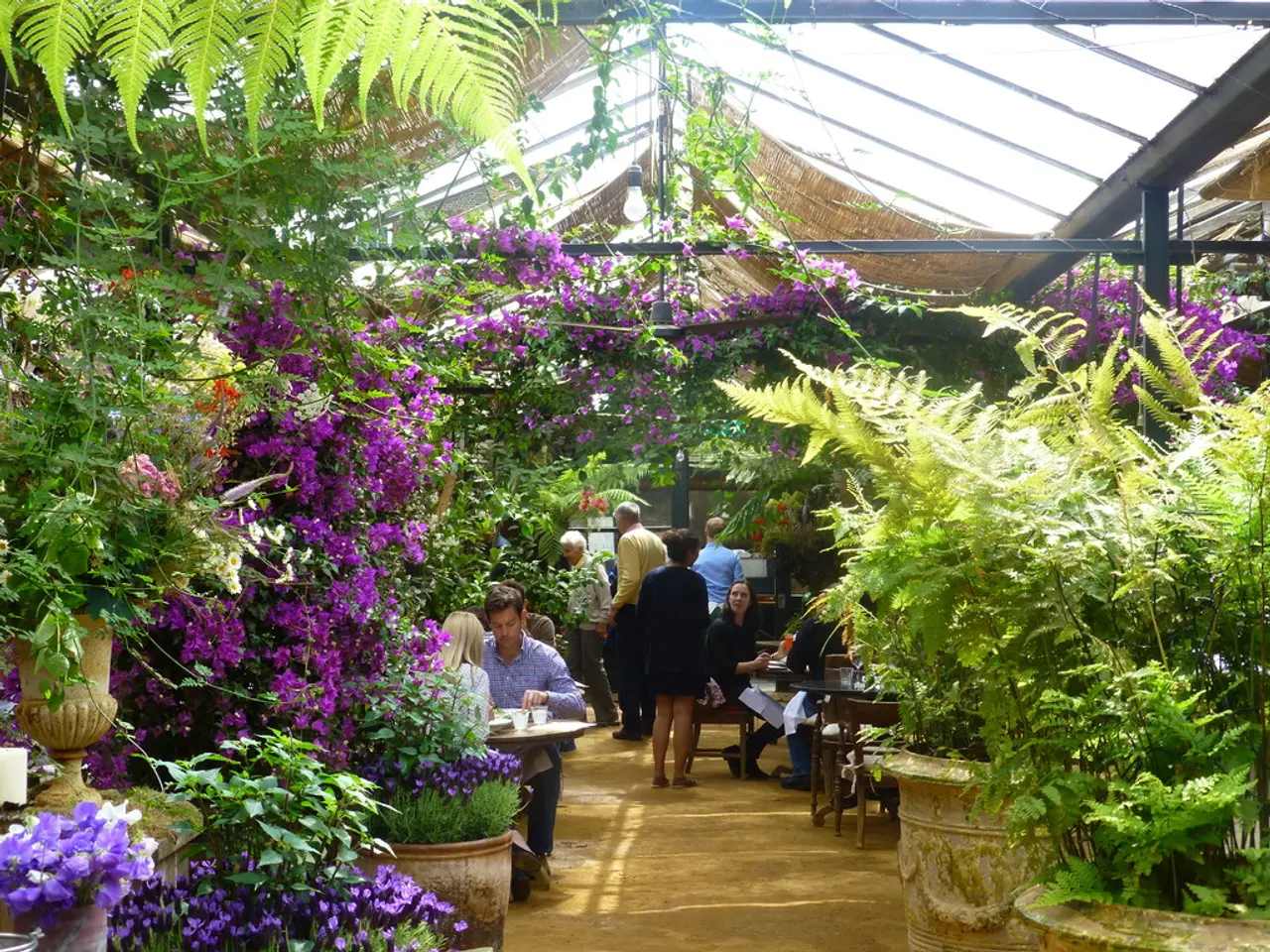Top Picks for Rose's Flower Counterparts
Roses, often referred to as the royalty of the flower world, can benefit significantly from companion plants. These carefully selected plants not only enhance the aesthetic appeal of the rose garden but also support rose health and pest control. Here are the top 7 companion plants that every rose gardener should consider:
1. **Geraniums (e.g., Geranium 'Rozanne')** Geraniums provide prolonged flowering from early summer to autumn, adding continuous color that complements rose hues. Their mounding, spreading habit softens the base of shrub roses visually. They are resilient to heat and drought, requiring minimal maintenance, helping the garden maintain appeal even during dry spells.
2. **Campanula (Bellflowers)** Campanula offers charming bell-shaped flowers in soft blues, lilacs, and white. Their delicate form contrasts beautifully with the fuller rose blooms, adding grace and visual lightness. Many varieties bloom for months, brightening shady or partially sunny areas in the rose garden.
3. **Verbena bonariensis** Verbena bonariensis adds height and airiness to the rose garden with its tall, slender stems adorned with clusters of tiny violet flowers. Its loose structure contrasts with dense rose foliage, enhancing visual appeal. The continuous bloom attracts pollinators throughout the season, which aids rose health by encouraging beneficial insects.
4. **Lavender (Lavandula)** Lavender is a versatile companion plant that hides rose stems ("bare legs") and repels some pests. It attracts pollinators and beneficial insects, supporting rose health. Lavender’s fragrance adds sensory appeal and its drought tolerance complements roses' needs.
5. **Chamomile** Chamomile boosts the vigor of nearby plants and promotes overall garden health by attracting beneficial insects like bees and parasitoid wasps. Chamomile’s daisy-like flowers add cheerful visual contrast near roses.
6. **Marigolds** Marigolds suppress harmful root-knot nematodes and repel damaging whiteflies, contributing to natural pest control. Their bright flowers add vivid color, attracting pollinators to the rose area.
7. **Nasturtiums** Nasturtiums serve as a trap crop by luring aphids and flea beetles away from roses and other plants, reducing pest pressure. They add vibrant color and attract pollinators, enhancing both pest control and garden aesthetics.
By integrating these companions, a rose garden benefits from enhanced health through pollination and pest repellence, improved soil conditions via ground cover and nematode suppression, and continuous visual interest ranging from delicate bell flowers to bold, colorful blooms, complementing and protecting the rose plants throughout the growing season. This combination helps maintain a thriving, beautiful rose garden with natural pest management and soil support.
In addition to these companions, other plants like Dianthus, Artemisia, Catmint, and culinary herbs such as sage and thyme, can also be beneficial for rose gardens. These plants offer various benefits, including soil improvement, pest control, and visual appeal.
Companion planting is a proven gardening technique that has been used for centuries. By carefully selecting and placing companion plants, rose gardeners can create a harmonious ecosystem that benefits the health and beauty of their roses.
Incorporating fashion-and-beauty plants like Dianthus and Catmint, as well as home-and-garden herbs such as sage and thyme, can further augment the health and visual appeal of a rose garden. These plants offer additional benefits, including soil improvement, pest control, and continued aesthetic value.
Moreover, gardening enthusiasts can also extend their rose garden by including Geraniums, Lavender, Verbena bonariensis, Campanula, Marigolds, and Nasturtiums. These plants not only complement the rose plants through color and shape but also aid in pest control and promote a harmonious ecosystem.




